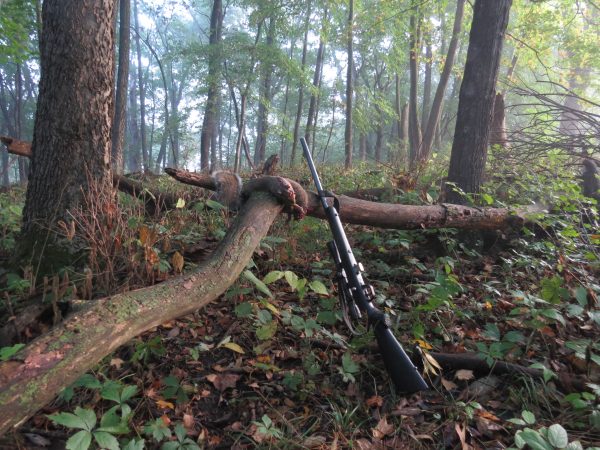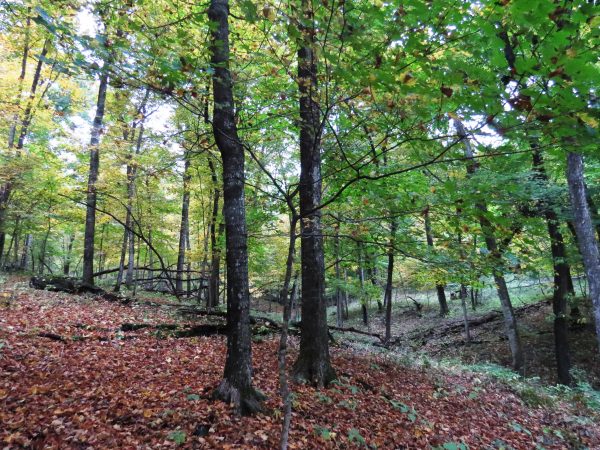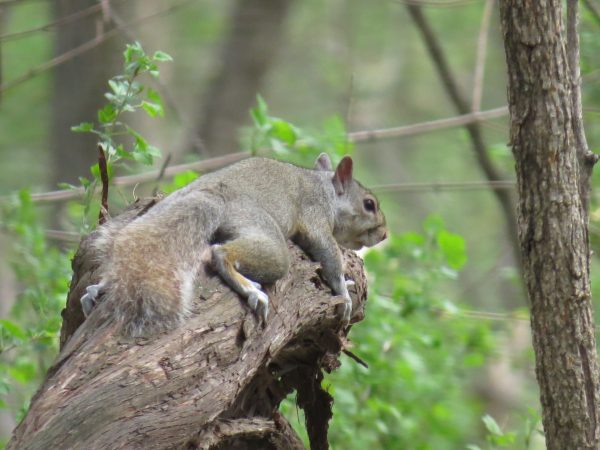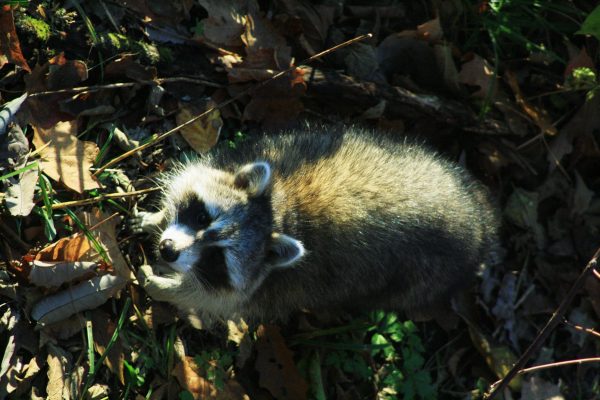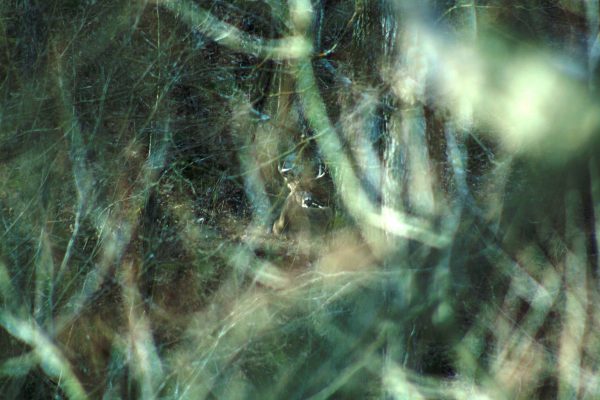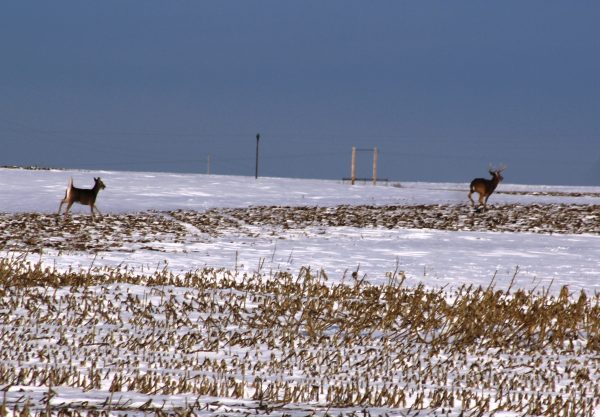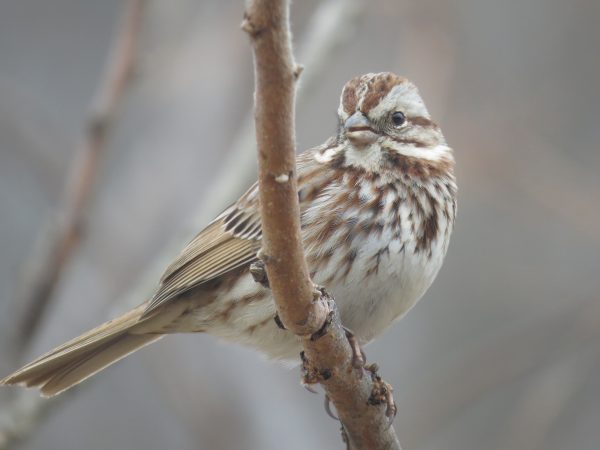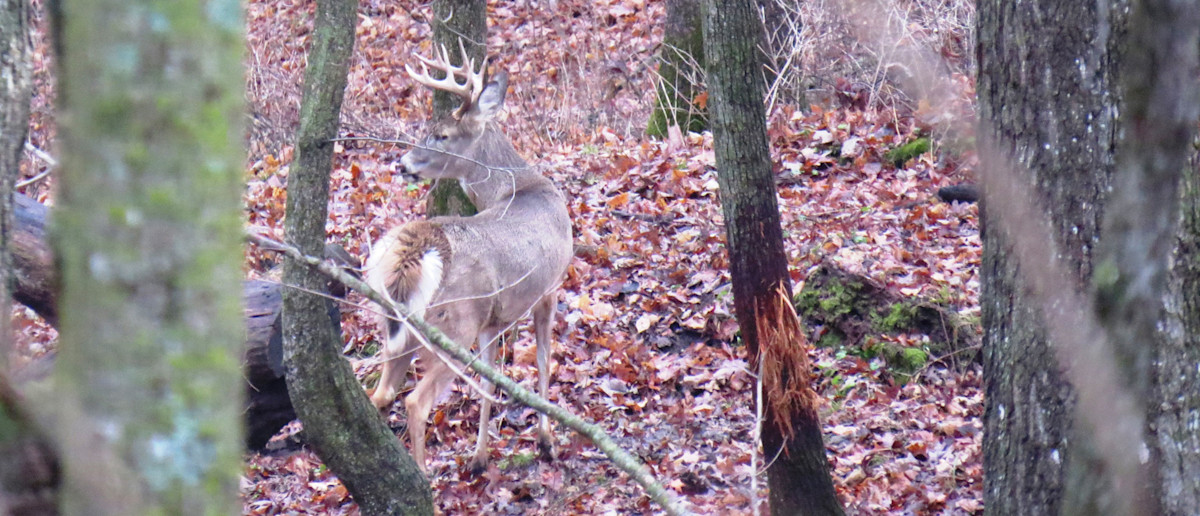
By Joe Elsinger
One of the skills most critical to a hunter’s success is simply observing his or her surroundings. Observation is a fundamental component of woodsmanship. There may come a day when a hunter can replace woodsmanship with various technology, but I hope I don’t live to see it.
There was a time when a kid wasn’t considered prepared to hunt deer unless he or she had first sharpened their skills on dozens or hundreds of small game hunts. There was a reason for that.
Hunting squirrels and rabbits are a great way to learn the fundamentals. For better or worse, these days most deer hunters either cannot access or are unwilling to do much small game hunting. And unfortunately, it shows.
There is a massive amount of tactical deer hunting information out there, not to mention mountains of gear and accessories for purchase, and we tend to head one of those directions in the hope we get an edge.
But no matter your weapon, no matter what you are chasing, no matter where you are hunting or what time of year it is, to find consistent success a hunter must observe and understand the factors that create that success.
Frankly, the information we need to be successful is usually in plain sight but we walked by it. Here are some ideas for fixing that.
1) Slow down.
It starts with slowing down. We have all heard this but that doesn’t make it easy. Nothing else in our modern world teaches us to slow down. I still catch myself going far too fast in the woods all the time.
I know what it is like to be out there physically but distracted mentally. It can be hard to box up thoughts of work and family life and put them on a mental shelf but it is worth the effort.
Pick something in front of you and just watch it. Notice how the woods comes alive after a while when you are not moving. When you are moving, everything else is either hiding from you or making alarm calls.
We fantasize all year about the hunt. Sit back and enjoy it. There is an ulterior motive to all this of course. The more you look, the more you see.
I never knew squirrels would sunbathe until watching this one.
Busted, but at least he won’t blow at me for an hour like a doe.
This young buck is watching & listening to another hunter set up not much more than100 yards away, who hit the rattle bag every 15 minutes all morning long.
2) Ask questions.
This is something that can help you slow down, get rid of other thoughts, and take more from every hour spent in the woods. What are you seeing and most importantly, why?
When you see a deer, particularly a target buck, there may be many questions.
Whitetail bucks, once they hit age five or so, are so different from other deer we might as well call them a different species. There is usually less daylight movement. When they do move they are masters of using cover and terrain. They usually do not follow the heavy trails made by younger deer. They learn to avoid tight bottlenecks and anywhere hunters frequent in daylight.
A mature buck does not move randomly. He may have a thousand acres or more of range but you can count on finding him in only a tiny fraction of that area in daylight if there is competitive hunting pressure. This is why every single observation of a mature buck is important to a hunter – whether from trail cameras, glassing, on stand, or just listening to the neighbor describe where he saw a buck cross a road. Ask yourself why.
For example, when you see a tree scarred by rubs over multiple years while scouting you are probably on a buck travel route. Look for other rubs including old ones that may give a direction of travel. Why is this rub here? What does this path connect? Is it a location potentially used in daylight? What conditions might favor use of this path?
Observing a bedded mature buck is a rare gift. Do not squander it. Why is he bedded here in these conditions?
A missed opportunity should tell you what to do different next time. Any time you bump a buck you should ask why he was there, and why he took the path to escape that he did.
3) Study the details.
After asking yourself questions for long enough, you will naturally begin to notice more details.
Notice the behavior of animals you are watching. That doe’s head may be down feeding out in the open but the pivoting ears and bunched muscles indicate she is on pins and needles and will probably jump the string.
Notice how the sound of a buck walking in leaves changes depending on his mood.
Notice the smell of a freshly worked scrape versus one that hasn’t been used in a while. You can even smell a rutting buck on the hoof if the conditions are right.
Details are critical no matter what you are hunting. A good example of learning from the details occurred while I was spring turkey hunting a few years ago. The woods seemed calm until I noticed several song sparrows hopping around and urgently chirping in some bushes off to my left. It did not seem natural. From previous observations I had noticed those small birds do not like turkeys. I shifted my shotgun around, just-in-case, and seconds later a big public land gobbler silently stepped into the open 35 yards away and met a load of copper plated #5s.
I have had similar encounters with big bucks. I would describe the encounter as a disturbance in the natural pace of things when they move through an area.
4) Note what you see.
Yes, I hated taking notes in school as well. But long term, I think there are two kinds of details. Those that you have already forgotten and those that you are going to forget at some point.
Everyone’s different. Just find a method that is most comfortable to you and go with it. Some might like to carry a pocket field book with them while scouting and hunting. Some might punch it into their smartphone or GPS. If nothing else, take lots of photos and sort them by location or perhaps target buck.
If you are a data freak like me, you might use an excel spreadsheet as a hunting and scouting log. Post a brief entry after every outing. I spend only a couple minutes on each entry.
I am a data nut and will go into detail on this topic another time. I gain precision from documenting hunting & scouting information but you do not need to replicate this level of detail to find benefit.
Many of the bucks I have tagged resulted from observations that may have otherwise forgotten if not jotted down somewhere.
Every year while scouting I note what food sources were available, changes in hunting pressure and other hunters’ stand sites, when certain bucks are in certain areas, general rut activity, major weather systems that moved through and other things for any area I hunt.
5) Patience.
Becoming a good observer takes time. Time as in years and thousands of hours in the field. It is easy be frustrated. At first you will not know what to look for or even what questions to ask. Have reasonable expectations for what you can understand and what you may miss.
Twenty years ago I did not know what questions to ask myself. Twenty years from now I expect to still have more questions than answers.
Taking it to the highest level and inferring what a buck will do next week or next year requires some imagination. That is where the art comes in. But we all can improve what we see or don’t see right now. The more you learn to observe, the better hunter you will become and the more you will enjoy this journey.
– Joe Elsinger
For more from Joe, listen to Episode #150 of the Wired To Hunt Podcast

